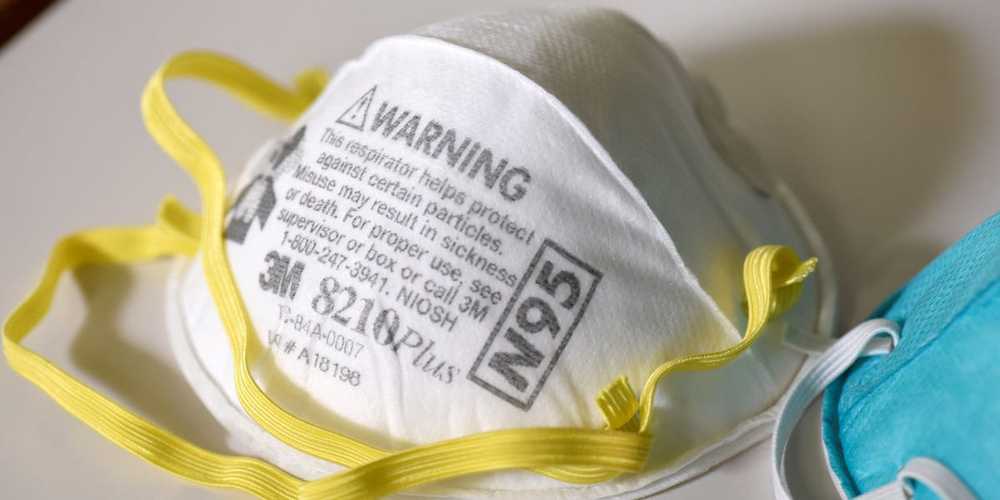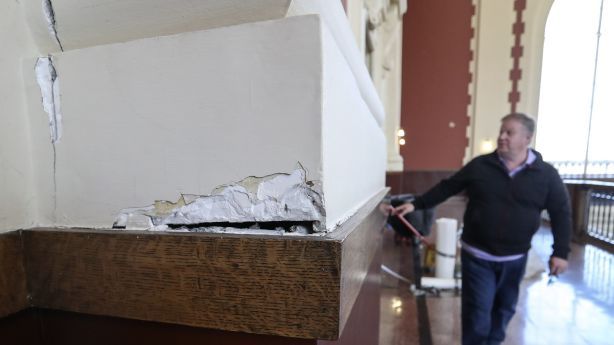Apr 14, 2020
Hokkaido declares new state of emergency amid ‘second wave’ of coronavirus infections
Posted by Brent Ellman in categories: biotech/medical, government
While Hokkaido was not covered in the state’s declaration of an emergency, the prefectural government and the municipal government of Sapporo, the prefectural capital, issued a joint emergency declaration following reports of double-digit increases in infections for the fifth straight day.
“We are facing a crisis of a second wave in the spread of (the coronavirus) infections,” Hokkaido Gov. Naomichi Suzuki told reporters, asking residents to refrain from making nonessential outings.
Hokkaido had declared its own state of emergency on Feb. 28 ahead of the government and lifted it on March 19, citing signs that the coronavirus spread was abating in the prefecture, a popular area for both Japanese and foreign tourists.

















